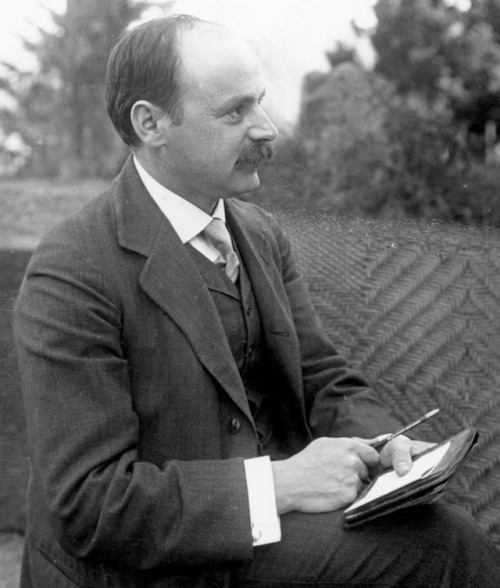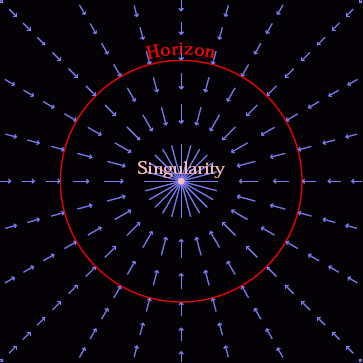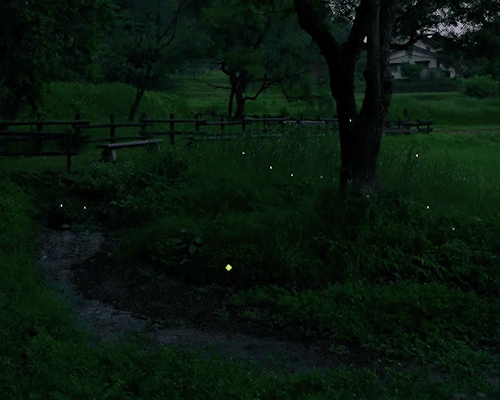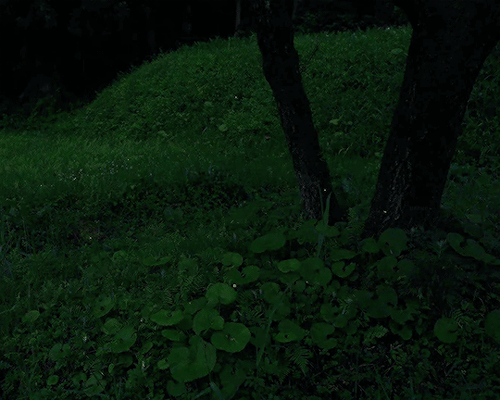Latest Posts by csmsdust - Page 3

Damien Hirst, Autopsy with Sliced Human Brain, 2004
Oil on canvas

This is what empty space looks like..
In quantum physics, a quantum fluctuation (also known as a vacuum state fluctuation or vacuum fluctuation) is the temporary random change in the amount of energy in a point in space, as prescribed by Werner Heisenberg's uncertainty principle.
- infinite potential within space.

oxidized copper is such a beautiful color palette. The rich reds with the cool teals. Such a vibrant combo. No one is doing it like her.


by dashaplesen
lowkey sad that the studyblr tag went from being a functional tag where people shared notes and planners and talked about their studies to being lumped in with other aesthetic tags so all the top posts are just pictures of book piles cribbed off of pinterest
like i wanna see what YOU'RE reading, not what someone somewhere was reading at some point in the past and i wanna hear your thoughts about it!!
the academia aesthetic tags want what we have
anyway if ur a studyblr lemme know i want to follow u ❤️







Karl Schwarzschild
He provided the first exact solution to the Einstein field equations of general relativity, for the limited case of a single spherical non-rotating mass, which he accomplished in 1915, the same year that Einstein first introduced general relativity. The Schwarzschild solution, which makes use of Schwarzschild coordinates and the Schwarzschild metric, leads to a derivation of the Schwarzschild radius, which is the size of the event horizon of a non-rotating black hole.
Schwarzschild accomplished this while serving in the German army during World War I. He died the following year from the autoimmune disease pemphigus, which he developed while at the Russian front. Various forms of the disease particularly affect people of Ashkenazi Jewish origin.
Asteroid 837 Schwarzschild is named in his honour, as is the large crater Schwarzschild, on the far side of the moon. (source) (biography) (more)

Fritjof Capra, The Tao of Physics

...with a belief that my subjectivity is the only slice of eternity I am entitled to.






Chiltern Classics


Archaeologists believe that around 417 cities, towns, and villages made up the unified civilization.
Remains of architectural forms and patterns, ceramics, sculptural art, architectural patterns, and unifying causeway constructions.
The magnitude of the labor int he construction of massive platforms, palaces, dams, causeways, and pyramids dating to the Middle and Late Preclassic periods, suggests a power to organize thousands of workers.
The Myth of Dreamless Sleep
Consciousness never "switches off" because it isn't generated by the brain. Its sensory inputs can be switched off - during sleep or general anesthesia, for instance - but your consciousness is still there. For example, a small but consistent number of patients report out-of-body experiences (OOBEs) or near-death experiences (NDEs) while under general anesthesia. As someone with REM Sleep Behavior Disorder (RBD) I can attest to this, since I act out dreams that occur during the non-REM phases of sleep.

https://www.analyticsinsight.net/harvards-free-computer-science-courses-in-2024/




NASA’s Webb Captures Dying Star’s Final ‘Performance’ in Fine Detail

Special brain cells react to unexpected situations
New research from the Netherlands Institute for Neuroscience shows that chandelier cells, a specific type of brain cell, become active during unexpected situations. “Researchers have been wondering about the functionality of these cells for a long time”.
You’re cycling to work through the city and suddenly you see a new building somewhere. On the first day that is very surprising. On day 2 this diminishes somewhat, and after a week you no longer notice it at all. The same thing happens the other way around: when a building that was always there suddenly disappeared, you are also surprised. But how does your brain signal unexpected changes and which cells are involved?
To learn more about this phenomenon, Koen Seignette from Christiaan Levelt’s lab joined forces with his colleagues from the Kole lab and Roelfsema lab. Together, they investigated a special type of brain cell found in small numbers in the cortex: the chandelier cell. In contrast to other inhibitory brain cells, they only inhibit one spot of other cells, but there is remarkably little known about why and when.
New mouse model
Koen Seignette: ‘We already knew quite a lot about the function of most types of inhibitory brain cells, but chandelier cells were a mystery. This is because they are not clearly marked genetically, and so could not be properly examined. We have now obtained a mouse model in which the chandelier cells are fluorescently labeled. This allows us to image them live and determine when they are active. That offers new opportunities.’
‘As a first step, we looked at what chandelier cells in the visual cortex respond to. What happens to these cells when the mouse starts running or when we present visual stimuli? In one of the experiments we had the mice walk in a virtual tunnel. When the mouse ran, the tunnel moved, and when it stopped, so did the tunnel. Using this setup, we could create an unexpected situation by stopping the tunnel while the mouse was still running. It was during these events that the chandelier cells started firing like crazy.’
Plasticity
Christiaan Levelt: ‘We see that the type of stimulus does not actually matter that much, what matters is that it is unexpected and surprising. We also noticed that habituation and change occurs, comparable to the aforementioned example of the new building. At first the cells react strongly, but after repeated exposure the activity becomes weaker. This shows that the cells are able to adapt, which is a concept known as plasticity. This plasticity also occurs at a structural anatomical level: we can literally see changes in the synapses chandelier cells form on other brain cells.’
‘What makes this study important is that this is the first really comprehensive study of chandelier cells in the visual cortex. We have not only determined what they respond to, but also which brain cells they form connections with, and what their influence is on other brain cells. This has never been looked at in such detail before. Understanding the role of these inhibitory neurons in the cortex is crucial for many processes, including learning from unexpected circumstances. We all know that you remember things better when it really surprises you. If the prediction is incorrect, that’s where you can find the information. You need plasticity to update your insights, and these cells could play a role in that.’
Why are chandelier cells so special?

Chandelier cells, named for their resemblance to a chandelier, are inhibitory brain cells that focus on the starting point (axon initial segment) of electrical signals in the pyramidal cells, the most common cells in the cortex. It was thought that chandelier cells could exert strong control over pyramidal cells by blocking the action potential. Surprisingly, the current research shows that this effect is actually very weak, which contradicts previously drawn conclusions.

Dance for Two by Alan Lightman
Being You by Anil Seth


How story, God, and Your Lying Brain Turn Chaos into Order by Nancy Mimeles Carey

Your Brain is a Time Machine by Dean Buonomano

Some of the books I've read recently + the covers



cognoscit
✿ scientist-in-training ask game! ✿
🥼 a scientist you admire, current or historical
🔬 a science class you loved, and why
📚 a topic/subject/concept you want to understand better
🪐 something you learned this week
🧪 dream research topic
🔭 what sparked your interest in science/your field?
🧬 study strategy you use frequently
🌿 something you'd like to change about your field
🐁 a popular science book you recommend
🌏 a fun fact from your area of study
What it looks like when neurons make connections and communicate with each other
Credit: slava__bobrov






